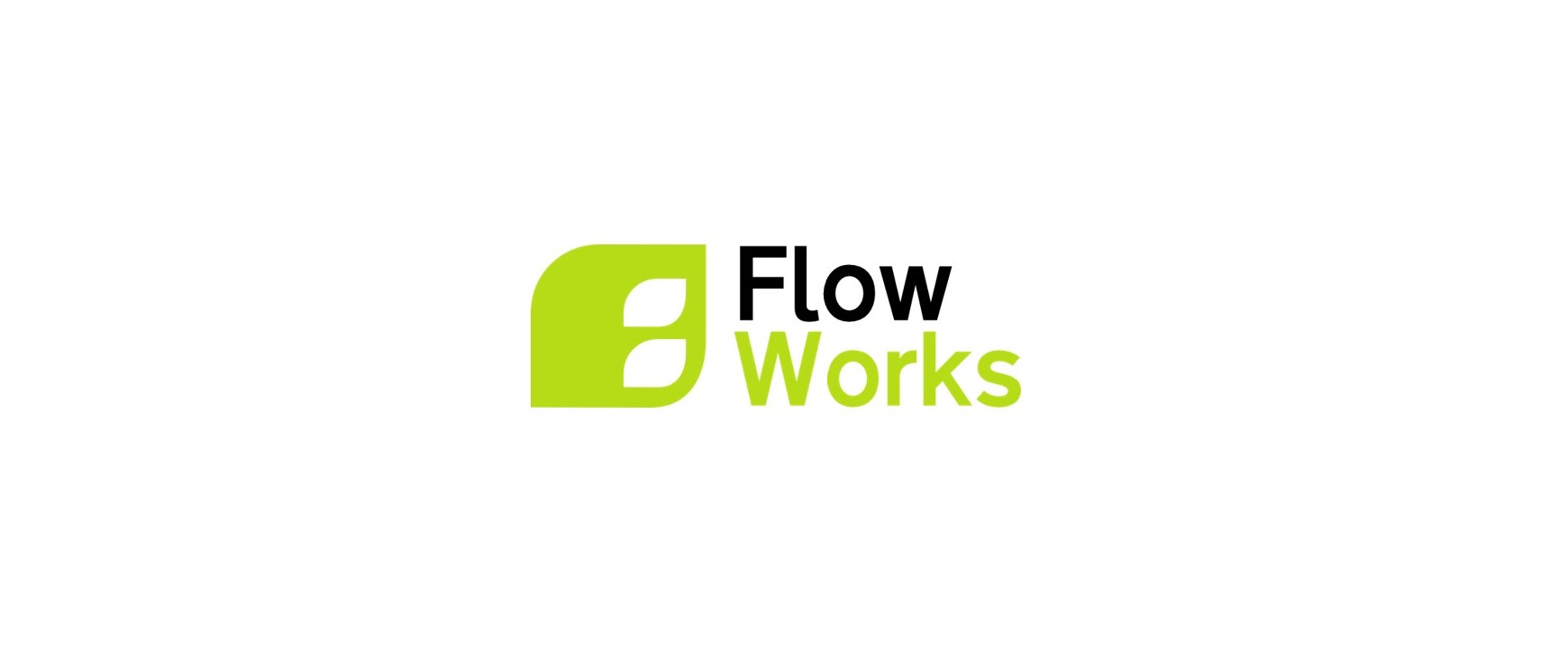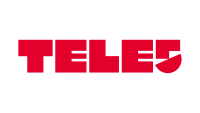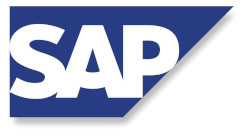

We can handle any quantity or format.

The Flow-for-QNAPMAM software is a highly affordable software with all needed services included.
Our customers
Start small and grow as you go
Whether you are new to this type of a service or in need of more advanced functions, we have the optimal solution for you.

Focus on the creative part
Our application is easy to use and does not require technical understanding. All technical processing can be automated to any degree. Flexibly collaborate with anyone inside & outside your company.

Save time and money
Whether media assets are part of your core business or mainly for marketing communications, our flexible solutions offers everything you need to manage large volumes, complex workflows and many users or groups.

Increase productivity and monetise
Increase team productivity with our collaboration tools. Unlock the value of your media assets and generate income with our various monetization solutions. For more advanced needs, we will customise a solution for you.
Key features
Flow offers an amazing wealth of features and functions covering every part of the lifecycle of a media asset.
How does it work?
The new Flow software was specifically developed to be used directly on a QNAP NAS device. No additional servers or cloud storage is needed.
-
1. Get a NAS device from QNAP
See list of QNAP devices compatible with our software
-
2. Get the Flow App
See our monthly subscription packages and find the optimal size
-
3. Install the Flow App on your QNAP
See our video tutorial for the 5 steps to complete the process
-
4. Go!
Log in through a browser to our user interface and get started
-
5. Upgrade your Flow subscription
Easily upgrade your subscription as your MAM needs evolve
What sets us apart
The Flow is first on the market and there is no equivalent software available.
Start your free trial
Experience the power of our software first-hand through a free 30-day trial. You get access to the most essential features needed to get started. The free trial includes one user license, access to one Room and the upload of up to 500 files.
Monthly subscription plans
Flow offers a professional-grade MAM technology at minimal cost. The software is available as monthly subscription plans without any entry barriers. Find the optimal package size to start with and grow (upgrade subscription) as you go!
Add-ons
Software plug-ins to broaden your Flow platform with for example external media editing & handling and distribution/sharing services.
Want to go further?
Software plug-ins to enrichen your Flow platform with external workflow chains, 3rd party software integration and special-purpose modules.
Systems and platforms
Integrate
Add fully-automated connectors with for example Edits, QC, existing Transcoders to your Flow system.
Specialized online-services
Integrate
Manage file-exchange yourself (no cost) or get connectors to services like collaboration or CDNs.
Upgrade
Upgrade
You can change/upgrade your Flow monthly subscription plan anytime in our shop. The Flow App grows with you.








